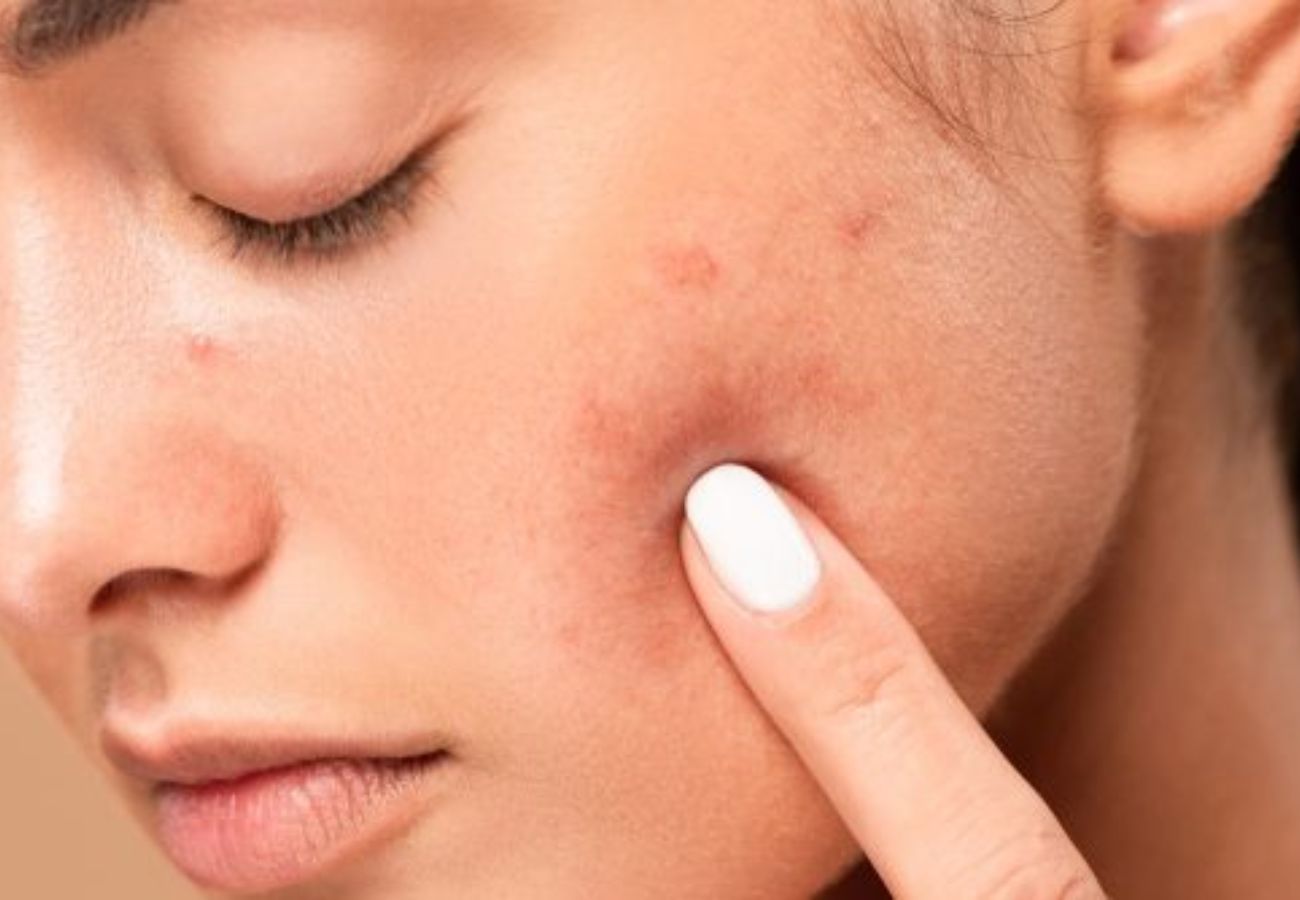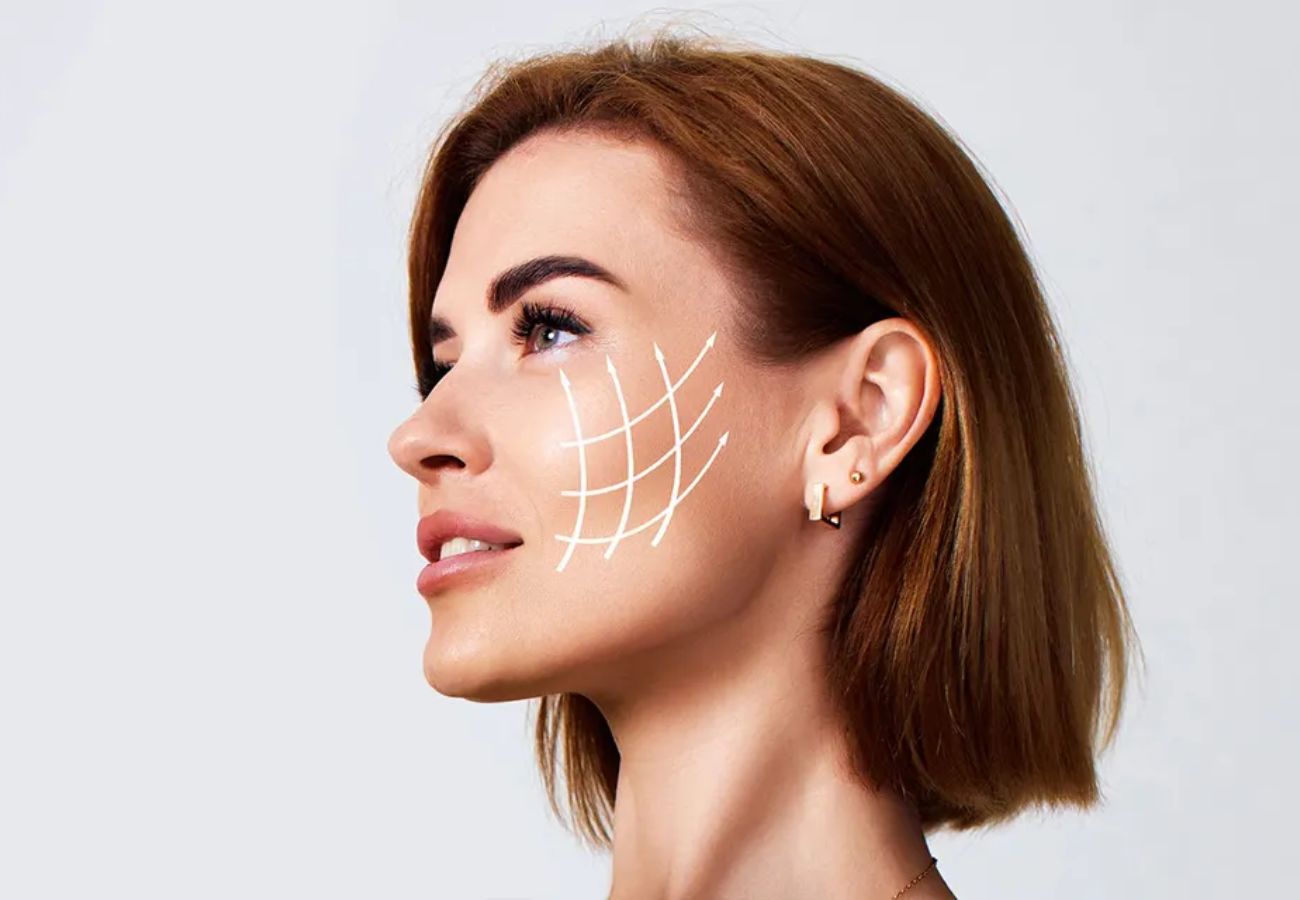
Scar Camouflage Tattoo || Everything You Need To Know
While we always encourage you to accept your body as is, a scar you got somehow can be a lot uncomfortable. Yes, some scars heal better than others, but when it comes to mastectomy and breast reconstruction, for example, how well your scar blends into your surrounding skin over time depends on many factors such as your surgeon’s skill and your unique physiology. Add to that, a scar can stop you from wearing your favorite dress or top. The good news? Things can be fixed. Let us introduce you to scar camouflage tattooing; a new scar-minimizing treatment. What is it? How does it work? And is it for you? Here are all your questions answered.
What is Scar Camouflage Tattoo?
Also known as corrective pigment camouflage. Camouflage tattooing is a needle and pigment technique that blends scars into the surrounding natural skin. The procedure can be performed by a medical or paramedical tattoo technician or artist.
How Does It work?
Using techniques similar to permanent makeup, camouflage tattoos can disguise the appearance of scarring, stretch marks, and other areas affected by hypo-pigmentation. Your technician will start by carrying out a spot test in order to achieve the closest skin tone match and the best possible result. Then the matched pigment will be implanted into the scar tissue with a digital state-of-the-art hand-piece. Often, you’ll need around 2 – 3 sessions to see good results.
To achieve ultimate results, your technician may suggest a number of pre-treatments such as laser and micro-needling. Such treatments can help flatten the scar and improve its texture. Also, they can lighten hyperpigmentation so you see a much better result.
The procedure is safe but to reduce any discomfort, the technician will numb the area with a topical anesthetic so you won’t feel anything at all. A few people might feel a slight, prickly sensation.
What To Expect?
Do not expect to see results immediately after the treatment. As for the result to look like skin, you will need a few touch-up sessions. Your scar area is much more fragile than the surrounding skin, so it might respond with a bit more redness or swelling. So if this happened, don’t panic… These side effects usually subside within a couple of days or -for some people- a few weeks.
Are You A Candidate?
It is recommended to wait at least one year (till your scar is fully healed) before opting to get it camouflaged. The nature of the scar really matters when deciding whether or not you’re a good candidate. The most ideal scars are those that are flat or nearly flat and paler than the surrounding tissue.






